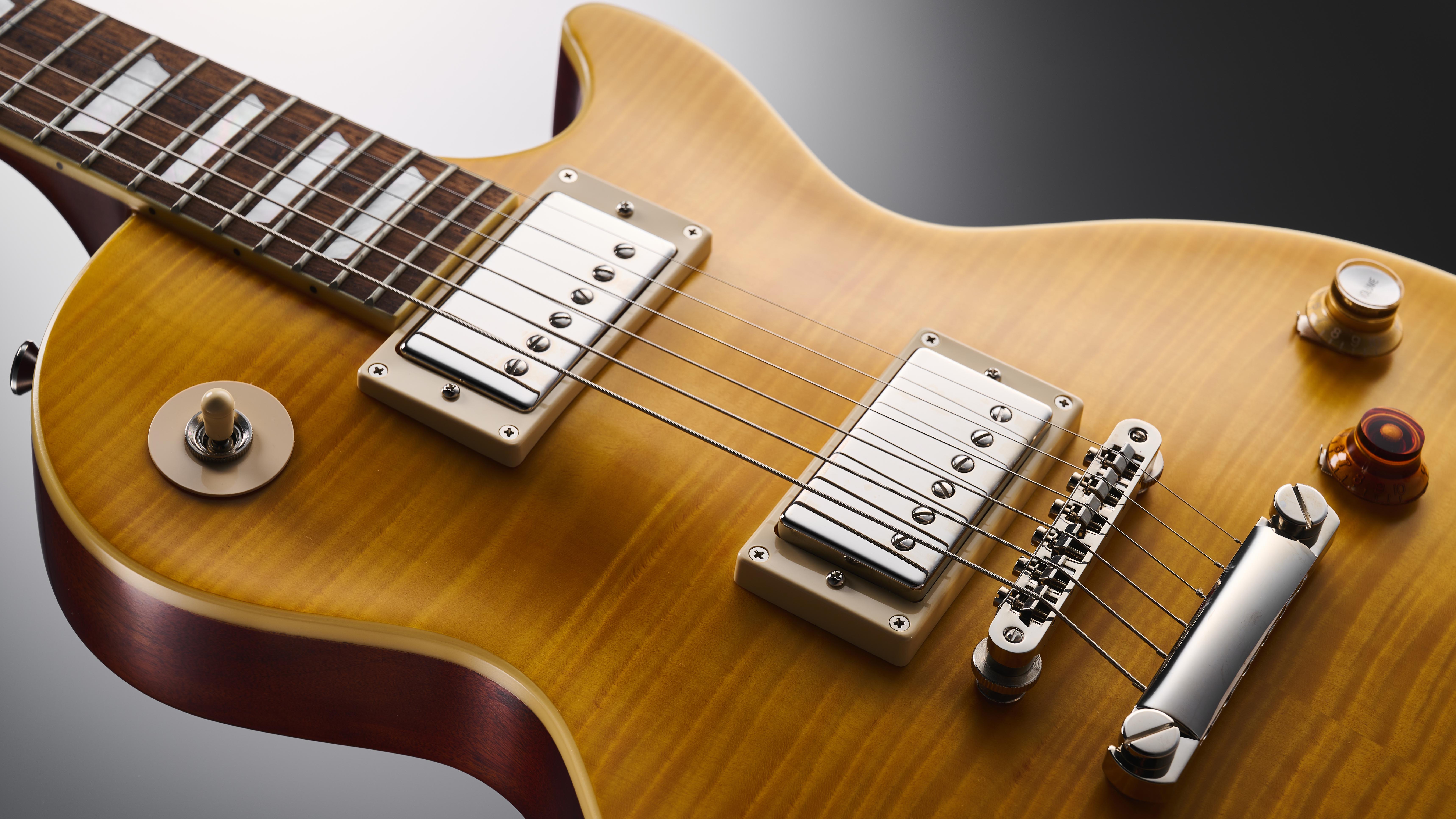
The price of the Kirk Hammett Epiphone Greeny got pretty much the online reaction I expected: 'Epiphone guitars are selling for Gibson prices now!' No, not quite.
Greeny is a big deal: the original's three high-profile owners over the years are one thing, the fact it's a '59 Burst another. It's one of a small group of 'elite' artist-owned guitars in history that are now known by their nicknames. And it adds up to a lot of interest and demand. But an Epiphone version at $1,500 still looks steep to many people. Epiphones are supposed to be accessible. What's accessible about that kind of price?
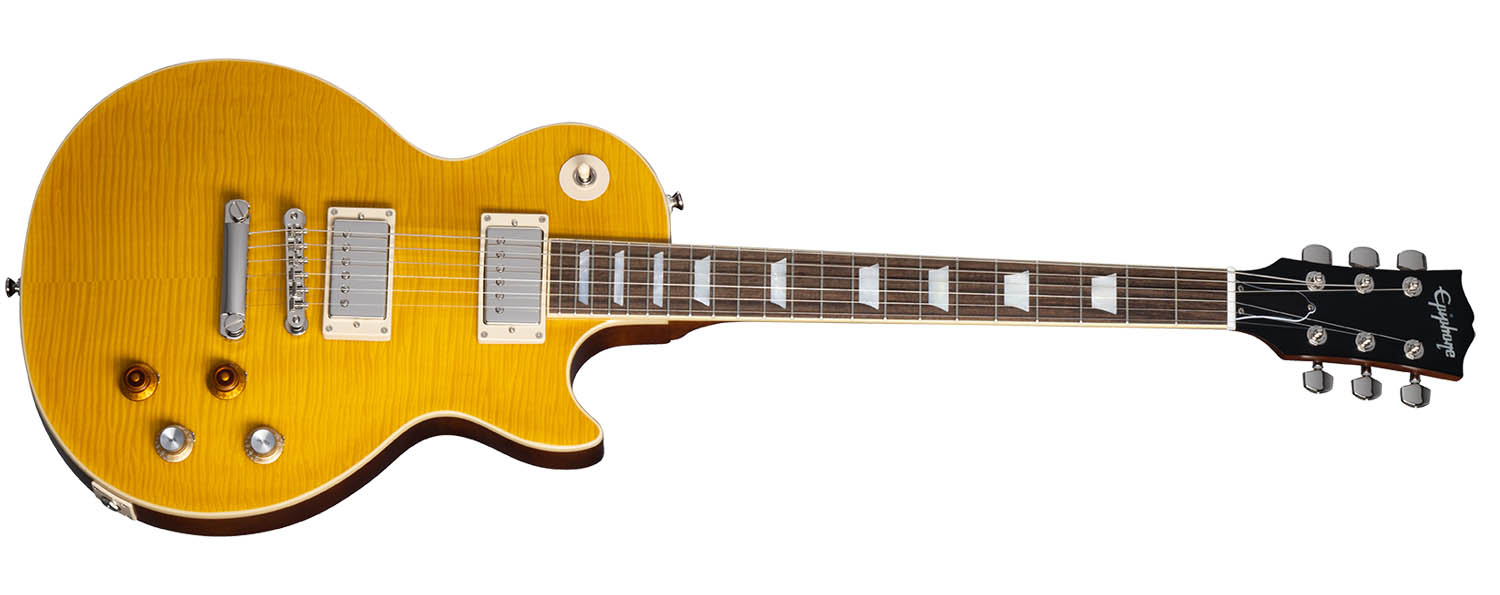
In the chase for clicks and 'paid promotions' elsewhere it sometimes feels to me like not enough commentators want to take a step back and at least attempt to be even-handed about these things
We live in polarised times, and perhaps we always did, but it's amplified on the internet now. Sweeping statements are thrown around in the maelstrom; 'expensive Epiphones mean Gibson are greedy', or 'they aren't selling affordable guitars anymore for the rest of us'. These kinds of claims and pile-ons are a slippery slope that doesn't allow for much nuance to enter the discourse. Nevetheless, there are YouTubers out there who delivered their reactions to the model's announcement in a pretty balanced way – I thought Agufish below broke down some of the issues around it really well.
But it sometimes feels to me that not enough commentators want to take such a step back and at least attempt to be even-handed about these things. It's something I've tried to reflect in my own modest way in reviews for MusicRadar: something can be praised for what it offers and be criticised for what it falls short on in the same review. It's not a profound statement is it – but somehow it feels to me as if it's getting eroded in the YouTube arms race.
So, knee-jerk outrage in check, can an Epiphone Les Paul guitar be $1,500 and not be overpriced?
A step back

I don't like high quality being the exclusive realm of the privileged few
I don't have a dog (ear) in this fight. I'm neither pro nor anti-Gibson , I'm pro-accessibility; so something like the gains being made in digital amp modelling are great news to me if it allows people to get closer to $2,000 tube amps for less money – and in a way they can actually use at home. I also want players to have the best guitars they can find for the money. More happy guitar players is good for everyone, and keeps people like me in a job. But moreover, I don't like high quality being the exclusive realm of the privileged few.
I'm a guitar modder myself, so I especially look at guitars in terms of their specific components when considering value. Usually because I'm already considering what I'd change to make an affordable guitar I can stretch to more premium!
Get the MusicRadar Newsletter
Want all the hottest music and gear news, reviews, deals, features and more, direct to your inbox? Sign up here.
Epiphone guitars are still affordable – there's plenty of Les Paul options that offer excellent value on spec alone. Take the excellent Epiphone Les Paul Special – it's $499 over on Sweetwater. A Lemon Burst '50s Les Paul Standard is $649 over there too – with CTS wiring and the excellent ProBucker pickups styled after the PAF. So the people saying "Epiphones are overpriced" are simply not even bothering to check, or just want a reaction. And I think it's simply too lazy to paint guitar brands out as anti-consumer villains.
But why is the Epiphone Greeny Les Paul $1,500?
Adding up
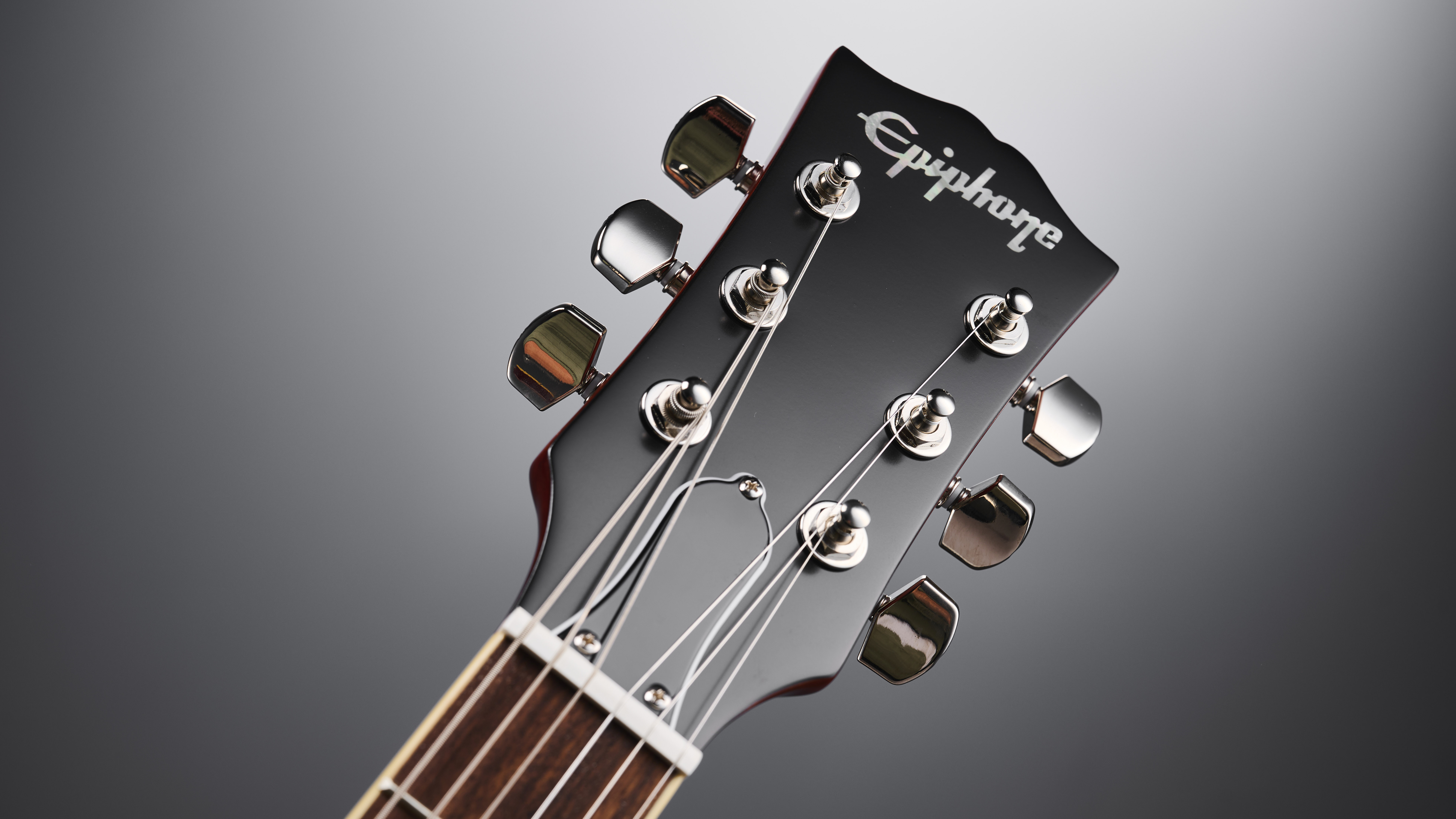
It's a combination of factors from my perspective, and I'm going to attempt to break things down a little. I've been to a guitar factory floor and seen the processes involved in mass production, and it was a stark reminder of the work involved behind the instruments I love, but it doesn't take that experience to understand all stages of guitar-building require specialist skills. And I'm sure most reasonable people would agree the workers in those plants (or 'craftories' as Gibson calls them now) deserve to be paid fairly for their work at the very least. With guitars I'm not expecting premium experiences for very little money out of the box because I suspect someone else is getting the rough end of that deal.
Like any other manufacturing scenario, every single process guitar factory staff are involved in, and every single component being bought in, crafted or used, impacts production time and cost. The margins can be tight. So as soon as that work requires processes that aren't the norm for the brand or more specifically, model, I suspect the asking price is immediately going up. It's very easy to call foul when there's a pricey Epiphone without considering the myriad factors involved. And I want to highlight some here.
Greeny has the Gibson-style open book headstock. That was an immediate talking point; is it coming to other Epiphones? And when? Apart from the fact it will impact the processing costs, Gibson is a business, and a business might keep a desirable feature like that behind a more premium paywall. In fact it's confirmed it.
“Our Epiphone and Gibson Custom Shop teams are continually collaborating and elevating materials and ideas,“ stated Gibson Brands VP of Product Mat Koehler in the Epiphone Greeny press release. “And our forthcoming Inspired by Gibson Custom Shop-level Epiphone models will also feature the open-book Gibson headstock shape.”
Now this doesn't exactly sit right with my accessibility instincts, but I fully understand it from a business perspective. And a headstock carve difference like that has no bearing on playability or sound. It's definitely adding on to the price here regardless because it's desirable. But there are more influential reasons why the Epiphone Greeny should demand the higher price.
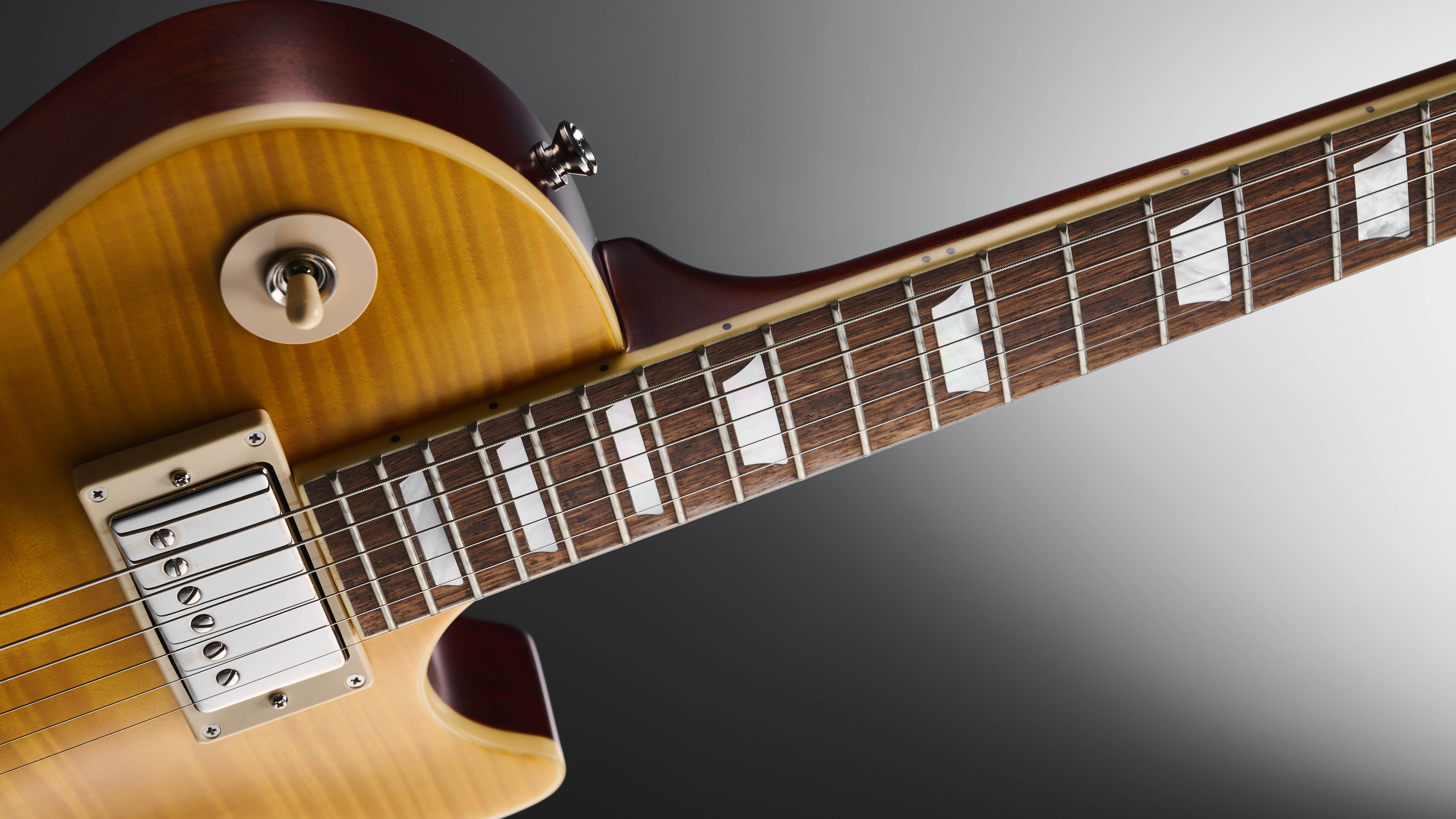
Slightly overlooked in the furore was the fact it has a long tenon joint. Not something we'd expect from an Epiphone, as we pointed out in the review of the only other example we can think of; the Epiphone Joe Bonamassa 'Lazarus' 1959 Les Paul. A guitar that soon sold out at $899 and we called 'super value' at the time but now seems like a bit of a bargain.
Long neck tenons are a Gibson Custom Shop staple – where the rollout of Greeny Kirk Hammett signature guitars began. But they're not a feature of all standard Gibsons over the years despite being present on the vintage models. Especially important as this is based on a '59 LP. Vintage correct then, but what difference does it make? It reportedly increases sustain with a larger glue surface area and this can also benefit stability.
The other important specs are Gibson USA pickups. The same as the Gibson Standard version of Greeny. Higher-end features include single-piece mahogany neck, Grover tuners (as opposed to Deluxe Epiphone) and mother-of-pearl inlays instead of pearloid – all unusual for an Epiphone Les Paul. Do they add up to the premium price; well that's when things can get a little murkier on paper.
The Epiphone in the room
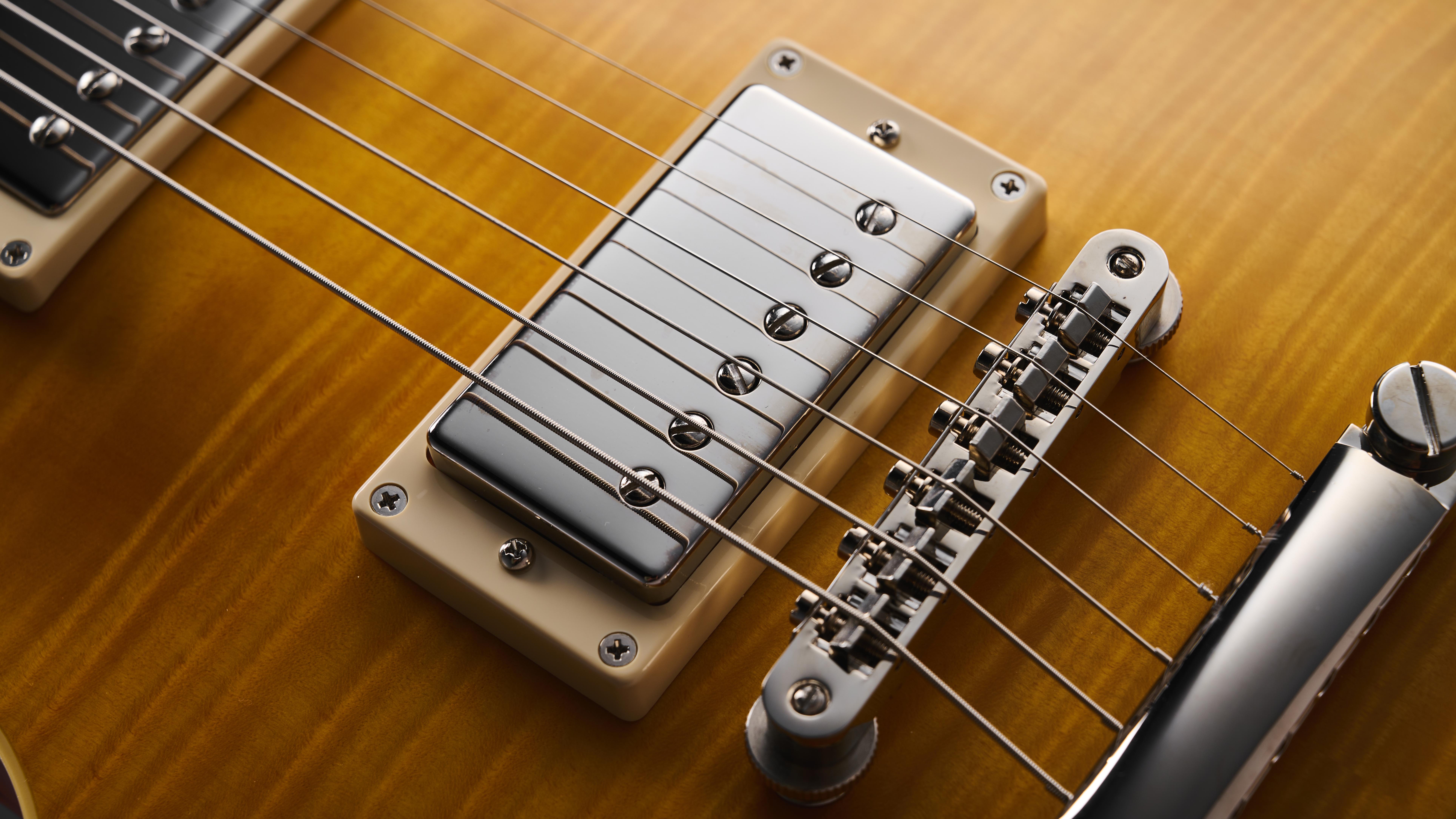
They do add up, but perhaps not quite to the $1,500 asking price (including hard case) when directly compared to other premium spec Epiphones directly inspired by Gibson models. However, the direct comparison here is the Gibson Greeny Les Paul Standard at $3,199 (for a non-signature USA LP Standard you're looking at around $3k). With the Epiphone you're getting the same pickups as the Gibson version with the famed 'out of phase' middle position Greeny spec (the Gibson Greenybucker pickup set sells for $299 on its own), and the same core construction.
But not specific woods. And this is where the gap starts to widen: the Epiphone has an Indian laurel fingerboard, the same wood type found on the cheaper examples of the brand, while the US version has rosewood like the original Greeny. According to Epiphone, its version "captures all the aesthetic details of the original Greeny, right down to the mismatched knobs and Greeny Burst finish" but there are some caveats there.
The Epiphone is maple top with a AAA maple veneer, the Gibson is actual flamed maple. The Gibson's lacquer finish is also nitrocellulose here, like the original, while the Epiphone is poly.
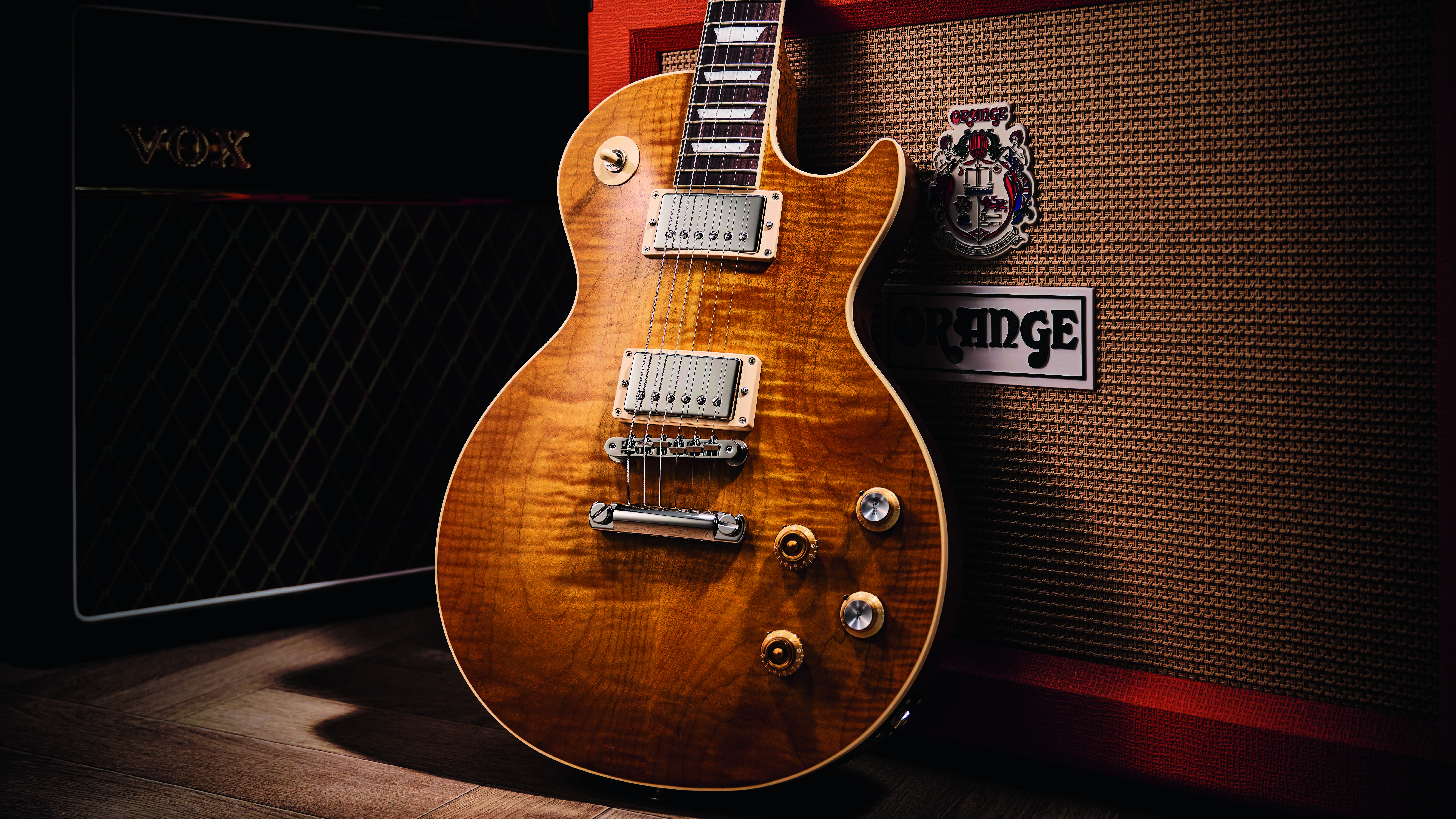
The $1,700 difference here between the Epiphone and Gibson Greeny is much greater than the one between the closest Epiphone equivalent
But the $1,700 difference here between the Epiphone and Gibson Greeny is much greater than the one between the closest Epiphone equivalent. One that would still need new pickups to be at least comparable tonally - and not everyone is a guitar modder like me. I don't blame them, it can be infuriating at times. But we also have an elephant in the room; the name on the headstock.
We all know there are many variables that make up a guitar, and why one might appeal to us. The combination of specs the Epiphone Greeny has over, say a Standard Epi Les Paul, could make for a considerable difference. Specs and how they combine all help make up the experience for a player. But if the same guitar as we're talking about here said Gibson on the headstock it would be considered cheap. Yes, I know that seems obvious point but let's think about what it means today.
I've seen the lines blur considerably between a lot of the circa-$899 Epiphones I've played in the last couple of years compared to at least the lower-tier Gibson guitars. And that raises other questions that I really think are worth considering.
The differences have narrowed, but are some of us still too hung up on the name on the headstock?
If Gibson guitars are of a more consistent high quality these days compared to the fairly recent past, and Epiphone has raised its game too, especially on its closest Inspired By Gibson models, surely they should cost more. And if they have more USA Gibson features, that price goes up again. The differences have narrowed, but are some of us still too hung up on the name on the headstock? Do we have too many preconceptions of what an Epiphone guitar can be for us?
A Gibson USA guitar has always been an aspirational thing. Gibson seems to be very much aware of this. But can we not accept that the Epiphone version of a Gibson isn't a beginner's guitar or a poor relation? The evidence I've seen with higher-end examples like the 1961 Les Paul SG Standard is a contemporary Epiphone guitar of such high quality it could be interchangeable with what I'd expect from a Gibson.
All of this means the Epiphone Greeny has a lot to live up to when we review it on the site.
- Find out more about the Epiphine Kirk Hammett Greeny 1959 Les Paul Standard at Epiphone, Sweetwater and Andertons.

Rob is the Reviews Editor for GuitarWorld.com and MusicRadar guitars, so spends most of his waking hours (and beyond) thinking about and trying the latest gear while making sure our reviews team is giving you thorough and honest tests of it. He's worked for guitar mags and sites as a writer and editor for nearly 20 years but still winces at the thought of restringing anything with a Floyd Rose.
“Its mission is simple: unleash the power of any amplifier or line-level source without compromise”: Two Notes promises a “watershed” in tube amp control with the Torpedo Reload II
MusicRadar deals of the week: Enjoy a mind-blowing $600 off a full-fat Gibson Les Paul, £500 off Kirk Hammett's Epiphone Greeny, and so much more










